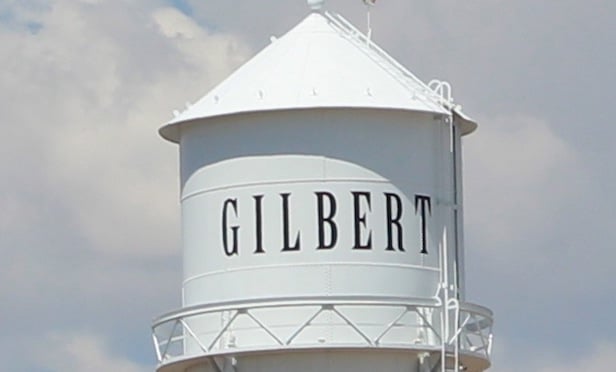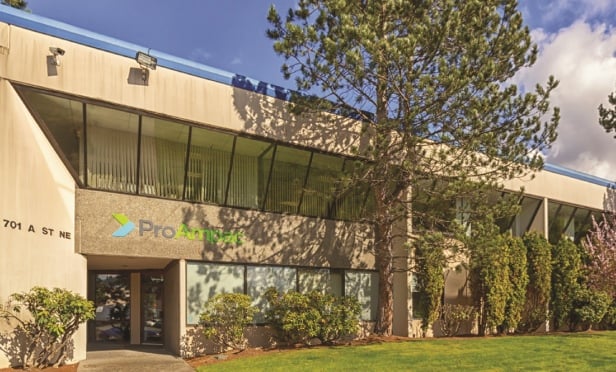HOBOKEN, NJ—Cap rates on multifamily properties have grown increasingly aggressive in (fill in the blank). It wouldn't be surprising if the mystery market were, say, Manhattan, hot neighborhoods in New York City's outer boroughs or San Francisco. In fact, the market in question is none other than the Gold Coast of Hudson County, despite relatively few sizable properties coming to market.
“Over the past couple of years, we've seen a lot of investors coming from more popular areas—specifically, Queens and Brooklyn,” Chris Cervelli, broker associate with Michael Cervelli Real Estate, tells GlobeSt.com. Although rents or sales prices have priced many would-be residents out of Manhattan, “a lot of people work there. And to work there, you have to get there.”
That has long meant Queens and Brooklyn, Cervelli says, with New Jersey included to only a limited extent, until the “incredible price expansion” in the boroughs. Also in expansion mode at the same time has been Hudson County's transportation infrastructure, a far cry from the days when, across large swaths of the county, “it was two or three seats before you could get to a PATH train” that would complete the trip into Manhattan.
“The Hudson-Bergen Light Rail has really opened up large portions of western Hudson County, specifically western Jersey City,” says Cervelli. As a result, “Hudson County itself has become a competitor with Brooklyn and Queens,” and in the past couple of years, cap rates have trended steadily downward.
On apartment properties from 10 to 50 units and selling for $5 million or below, “We're seeing sub-4% in Hoboken, and sub-6% in Jersey City,” and not in the city's downtown, either. “We're talking about eight or nine blocks from Journal Square.”
For the most part, Cervelli says, it's been stabilized, income-producing assets that have produced these types of returns, although there have also been parcel sales. To put things into historical perspective, six or seven years ago cap rates for apartment properties in some of these outlying areas were in the mid to high teens.
Today, a property in good condition in a blighted area of the city could go for a 9% cap, and Cervelli says he recently traded a 36-unit property under similar circumstances for an 8% cap rate. He notes that there are still properties trading at comparatively high cap rates, however.
Whether there will be further compression in the very lowest-cap neighborhoods is difficult to say, he says, because “we're slightly at the mercy of the Federal Reserve. The longer and the more aggressive they continue with interest rates, the longer this will continue. And the longer it continues, the more frustrated investors will become as they seek out a return. This will continue until something happens where there are other places for people to put their money, taking some of the pressure off commercial real estate.”
© Touchpoint Markets, All Rights Reserved. Request academic re-use from www.copyright.com. All other uses, submit a request to [email protected]. For more inforrmation visit Asset & Logo Licensing.







